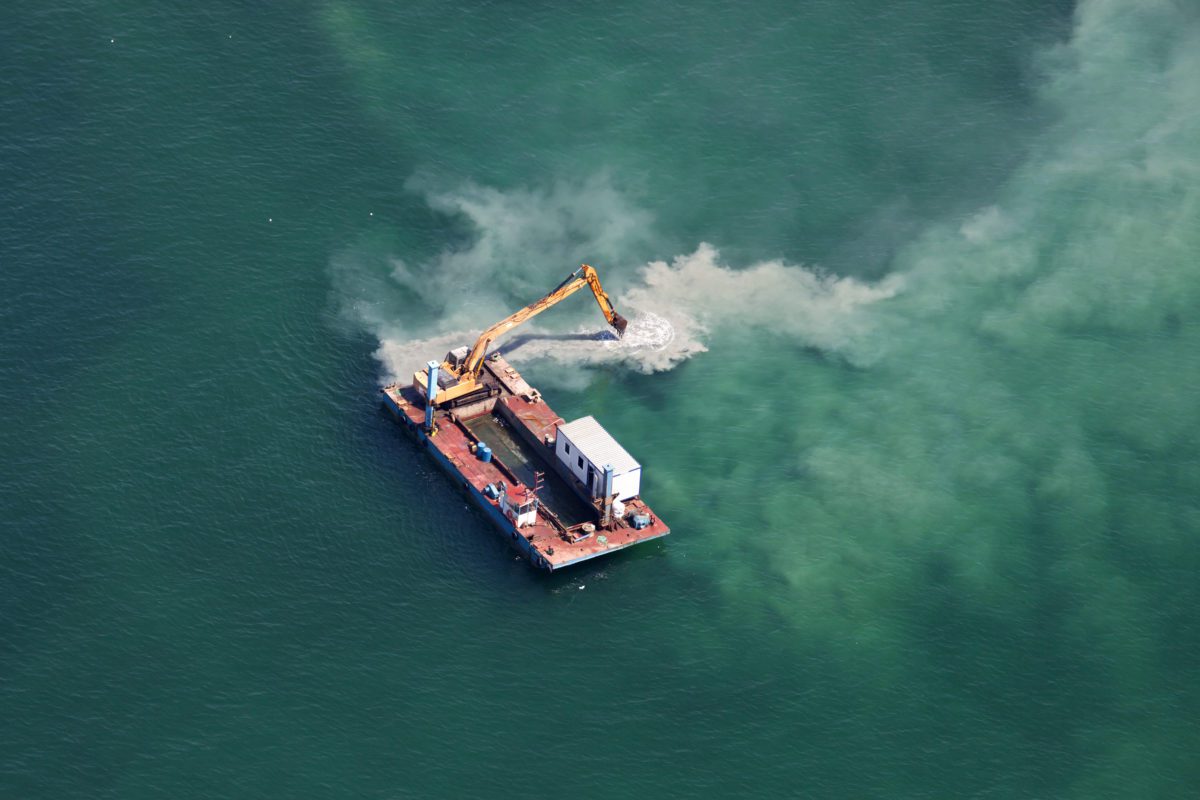
Ms. Kat Ridolfi is an aquatic ecologist and experienced consultant. She consistently provides clients with a clear strategy for addressing complex environmental contaminant issues based on high-quality technical analysis. She leads teams of scientists and engineers in developing expert reports for cost allocation strategies and conducting field investigations to characterize and evaluate aquatic systems contaminated by per- and polyfluoroalkyl substances (PFAS), PCBs, mercury, dioxins, and other contaminants using a wide range of scientific tools. Success for Ms. Ridolfi means finding the right solution for the particular project using the highest standards of technical integrity to meet the needs of regulatory agencies while protecting the environment. She effectively communicates technical findings to the client, regulators, and stakeholders in a meaningful and digestible manner to ensure that realistic expectations are shared among all parties. Clients view Ms. Ridolfi as a trusted advisor and professional able to get things done. She keeps complicated projects on schedule and within a set budget, while maintaining close communication with regulators, attorneys, and other parties.
Ms. Ridolfi also serves as Integral’s regional advisor for the Pacific region, coordinating business development efforts for staff in California and Hawaii and working with the other three regional advisors to implement companywide objectives for business development.
M.S., Aquatic Resource Ecology and Management, University of Michigan, Ann Arbor, Michigan, 2006
B.S., Environmental Economics and Policy, University of California, Berkeley, California, 2002
Hazardous Waste Operations and Emergency Response 40-Hour Certification (2019)
First Aid and CPR Certified (2019)
Kat Ridolfi Senior Consultant, Technical Director - Toxicology, Health, and Ecological Sciences
Ms. Kat Ridolfi is an aquatic ecologist and experienced consultant. She consistently provides clients with a clear strategy for addressing complex environmental contaminant issues based on high-quality technical analysis. She leads teams of scientists and engineers in developing expert reports for cost allocation strategies and conducting field investigations to characterize and evaluate aquatic systems contaminated by per- and polyfluoroalkyl substances (PFAS), PCBs, mercury, dioxins, and other contaminants using a wide range of scientific tools. Success for Ms. Ridolfi means finding the right solution for the particular project using the highest standards of technical integrity to meet...
Ms. Kat Ridolfi is an aquatic ecologist and experienced consultant. She consistently provides clients with a clear strategy for addressing complex environmental contaminant issues based on high-quality technical analysis. She leads teams of scientists and engineers in developing expert reports for cost allocation strategies and conducting field investigations to characterize and evaluate aquatic systems contaminated by per- and polyfluoroalkyl substances (PFAS), PCBs, mercury, dioxins, and other contaminants using a wide range of scientific tools. Success for Ms. Ridolfi means finding the right solution for the particular project using the highest standards of technical integrity to meet the needs of regulatory agencies while protecting the environment. She effectively communicates technical findings to the client, regulators, and stakeholders in a meaningful and digestible manner to ensure that realistic expectations are shared among all parties. Clients view Ms. Ridolfi as a trusted advisor and professional able to get things done. She keeps complicated projects on schedule and within a set budget, while maintaining close communication with regulators, attorneys, and other parties.
Ms. Ridolfi also serves as Integral’s regional advisor for the Pacific region, coordinating business development efforts for staff in California and Hawaii and working with the other three regional advisors to implement companywide objectives for business development.

- Cost Allocation
- Litigation Support
- Regulatory Compliance
- Risk Assessment
- Planning and Permitting
- Contaminated Sediments
- Environmental Impact Assessment

